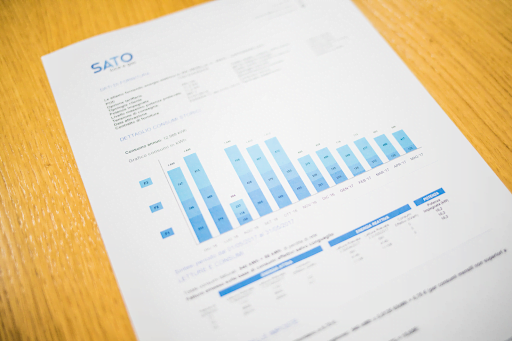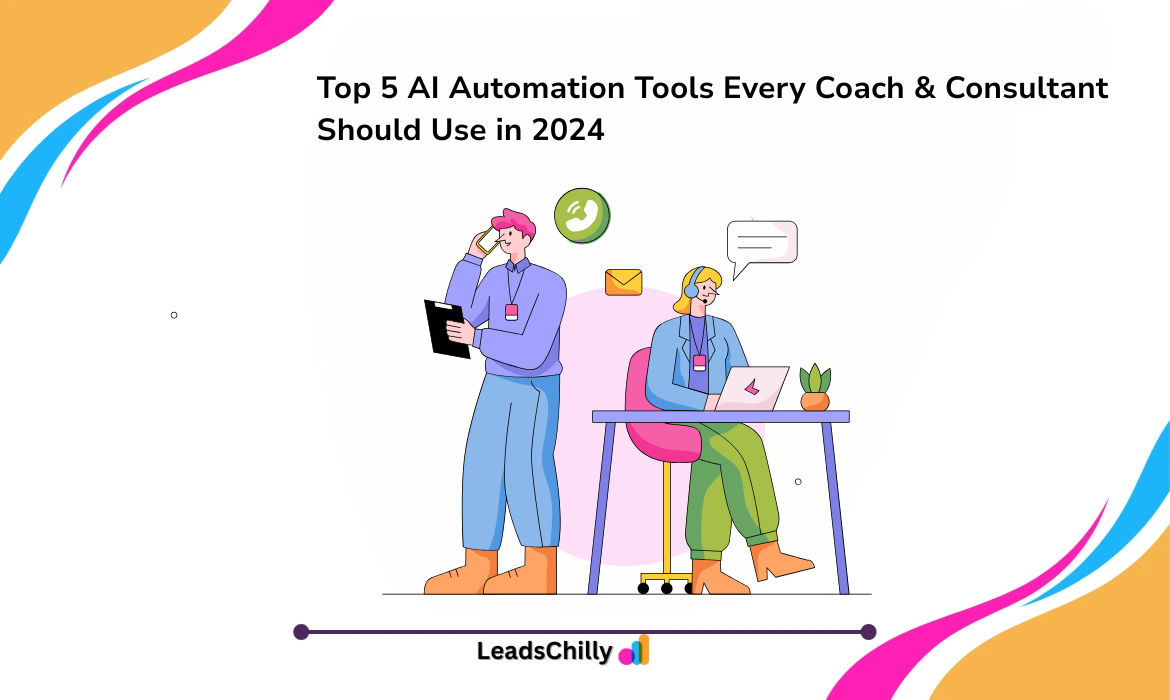B2B data enrichment is the process of adding value to data in order to make it more useful. The goal is to improve the quality of data so that it can be used for better decision-making.
There are many different methods of data enrichment, but not all of them are equally effective.
In this blog post, we will explore 10 of the best methods for enriching data and why they are important. Data enrichment is important because it allows businesses to make better decisions.
In a world where data is becoming increasingly important, businesses need to be able to rely on accurate and up-to-date information.
Enriching data can help to improve the quality of information so that businesses can make decisions based on sound data. Data enrichment is also important because it helps businesses save time and money.
By improving the quality of data, businesses can avoid having to waste time and resources on cleaning up inaccurate or outdated information.
Enriching data can also help businesses to avoid making mistakes. Having accurate and up-to-date information can help businesses to avoid making decisions based on incorrect data.
This can save businesses both time and money in the long run. Overall, data enrichment is a process that can help businesses.
What is B2B Data Enrichment?
Business-to-business data enrichment is the process of gathering additional information about your business contacts beyond what is initially captured in your customer relationship management (CRM) system.
The goal of B2B data enrichment is to provide you with a more complete view of your potential and current customers so that you can create targeted marketing campaigns, improve customer service, and ultimately drive more sales.

There are a number of ways to go about B2B data enrichment, but the most common and effective method is to use a third-party data provider.
These companies specialize in collecting and maintaining accurate business contact information, which they then make available to their clients through an online interface.
When you need to enrich your CRM data, you simply submit a list of the business contacts you would like to enrich, and the data provider will return updated records with additional information for each contact.
The type of information typically included in B2B data enrichment services includes basic contact information (name, title, company), demographic data (location, industry, company size), firmographic data (revenue, employees, SIC code), and social media profile links.
This wealth of data gives you a much deeper understanding of your target market so that you can create highly targeted marketing campaigns that are more likely to result in conversions.
In addition, having up-to-date contact information for your customers allows you to provide them with better service by quickly resolving any issues they may have.

The 10 Best Effective Methods for B2B Data Enrichment
-
Social Media Listening:
This method helps you to understand what people are saying about your brand on social media platforms. It also allows you to monitor competitor activity and understand the overall market sentiment.
-
Market Research:
Conducting primary and secondary research can help you understand your target audience’s needs and pain points. This in turn will help you develop targeted content and messaging for your data enrichment campaigns.

-
Lead Scoring:
Assigning a score to each lead based on their engagement level and other factors can help you prioritize your outreach efforts. This ensures that your sales team is spending their time on the most promising leads.
-
Data Analysis:
Careful analysis of your existing customer data can reveal important insights that can guide your data enrichment strategy. You can identify patterns and trends that will help you target new prospects more effectively.
-
A/B Testing:
Trying out different versions of your outreach messages can help you determine which ones are most likely to generate a response from your target audience. This way, you can fine-tune your approach for maximum results through A/B Testing.
-
Personalization:
Adding a personal touch to your communications can make a big difference in terms of engagement levels. Address your prospects by name, mention common interests, or reference previous interactions to establish a connection before making your ask.
-
Behavioral Targeting:
Taking into account the behavior of prospects when developing targeted content and messages can be highly effective in getting their attention. Consider what actions they have taken in the past and what might motivate them to take the desired action now.
-
Segmentation:
Dividing your prospects into groups based on shared characteristics can help you develop more targeted and effective outreach campaigns. This way, you can customize your message and approach for each segment for better results.
-
Timing:
The timing of your outreach efforts can be just as important as the content of your message. Make sure you’re sending communications when your target audience is most likely to be receptive for maximum impact.
-
Channel Optimization:
Reaching your target audience through the right channels is essential for data enrichment success. Make sure you’re using the channels that are most popular with your target audience and that will allow you to reach them where they’re already spending their time.
The Importance of B2B Data Enrichment
In order to keep up with the competition and make the most informed decisions, businesses need access to accurate and up-to-date data.
Data enrichment is a process that helps to improve the quality of data by adding missing or correct. information.

Data enrichment is important for a number of reasons:
-
Improve data quality
-
Increase sales and marketing effectiveness
-
Make better business decisions
-
Enhance customer relationships
-
Reduce costs associated with bad data
When it comes to business-to-business (B2B) data, enrichment is especially important in order to maintain an edge over the competition. Because B2B data is often more complex than other types of data, it can be difficult to keep track of all the different elements.
Enriching B2B data can help businesses better understand their customers, identify new opportunities, and make more informed decisions.
There are a number of different methods that can be used to enrich B2B data, but some of the most effective include:
-
Addressing Lists:
One way to enrich B2B data is by using an addressing list. This type of list can help businesses add missing information such as contact names, titles, phone numbers and email addresses.
-
Company Profiles:
Another method for enriching B2B data is through company profiles. These profiles can provide valuable insights into a company’s size, industry, location, and other important details.
-
Social Media Data:
Social media data can also be used to enrich B2B data sets. By tracking mentions of a company or its products on social media, businesses can gain valuable insights into customer sentiment and preferences.
How to Use B2B Data Enrichment in Your Business?
B2B data enrichment is the process of adding missing or incorrect data to your database. This can be done manually or through automation.
There are many benefits of data enrichment, including:
-
Improved decision making:
With accurate and up-to-date data, you can make better decisions about your business.
-
Increased efficiency:
Data enrichment can help you automate tasks and processes, saving you time and money.
-
Enhanced customer experience:
By having complete and accurate data, you can provide a better experience for your customers and prospects.
-
Greater insights:
With enriched data, you can gain valuable insights into your business that can help you grow and improve.
-
Reduced risk:
Enriched data can help reduce the risk of making bad decisions based on incomplete or inaccurate information.
To get started with data enrichment, you need to have a clear understanding of your data and what you want to achieve. Once you know this, you can start add missing or incorrect data to your database.
This can be done manually or through automation.
If you choose to do it manually, there are a few things you need to keep in mind. First, you need to ensure that the data you’re adding is accurate and up-to-date. Second, you need to be careful not to add too much data, as this can clutter your database and make it difficult to use.
If you automate data enrichment, you can use tools that will automatically add missing or incorrect data to your database. These tools can also keep your data up-to-date by periodically checking for changes and updating your database accordingly.

Data enrichment can be a valuable tool for any business. By adding missing or incorrect data to your database, you can improve decision making, increase efficiency, enhance customer experience, gain insights, and reduce risk.
Data enrichment is an important tool for any business that wants to improve its decision making, efficiency, and customer experience.
If you have incomplete or inaccurate data, consider using data enrichment to improve your business.
Conclusion
Data enrichment is an important process for any business, but it can be especially critical for businesses that operate in the B2B space.
Here is where LeadsChilly comes to help you to do B2B data enrichment. By using some of the best effective methods for data enrichment, businesses can ensure that they have accurate and up-to-date information on their customers and prospects, which can help them make better decisions and improve their bottom line.
If you’re not already doing data enrichment, we hope this article has convinced you of its importance and shown you some of the best ways to go about it.


